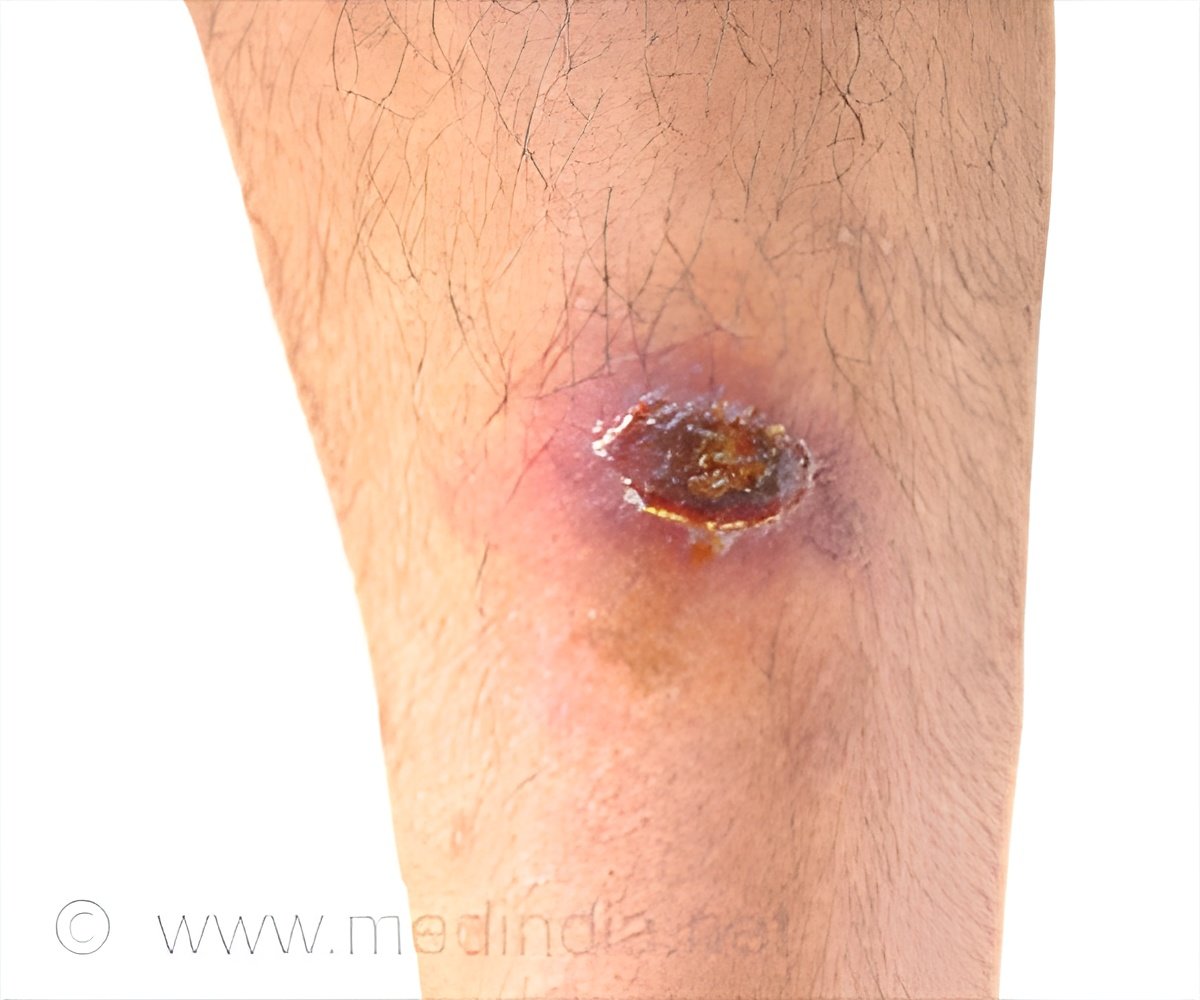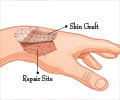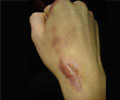BRAF inhibitors promote the skin healing process and have a potential to be used in the treatment of chronic wounds.

- Treatment of chronic wounds is a big challenge
- BRAF inhibitors used in the treatment of skin cancer are associated with a side effect of increasing skin proliferation
- This side effect can be potentially used to enhance wound healing in chronic wounds
BRAF is a human gene which is capable of making a protein called B-Raf.The cancer-fighting BRAF inhibitors are drugs used for the treatment of a particular type of melanoma, a potentially lethal skin cancer that arises from the pigment cells of the skin. These drugs block a mutated gene in the cancer cells, thereby causing the tumor to shrink.
One of the main side effects of BRAF inhibitors is an excessive growth of skin. This occurs due to the activation of the mitogen-activated protein kinase (MAPK) pathway at the cellular level. This skin-related side effect of these drugs is being explored as a therapeutic potential – to help the skin to re-grow and aid in wound healing.
Researchers tested the wound healing benefits of vemurafenib in cell cultures as well as in animal studies. They found that:
- Vemurafenib promotes skin growth in cell cultures grown in the laboratory
- Vemurafenib aids wound healing when applied locally to a wound in animal studies
- The benefits were observed in two mice models; in one model, an incision was made to create a wound and in another, circular wounds were made and were prevented from closing through skin contracture by attaching splinting rings
- The drug mainly promotes proliferation of the skin cells called keratinocytes, which play an important role in wound healing
- Various cellular and genetic signs associated with wound healing were noted in the skin samples obtained from these animal models
- The benefit of wound healing was produced without giving rise to skin cancer
The use of topical BRAF inhibitors is a promising prospect for the treatment of wounds. However, they are still in the testing process and there is still a long time before these drugs can be made available for use in humans for this purpose.
- Escuin-Ordinas H et al. Cutaneous Wound Healing Through Paradoxical MAPK Activation by BRAF Inhibitors. Nature Communications 7, Article number: 12348 doi:10.1038/ncomms12348















